
Supercharge your lead generation with a FREE Google Ads audit - no strings attached! See how you can generate more and higher quality leads
Get My Free Google Ads AuditFree consultation

No commitment
Supercharge your lead generation with a FREE Google Ads audit - no strings attached! See how you can generate more and higher quality leads
Get My Free Google Ads AuditFree consultation

No commitment
In the competitive landscape of the travel industry, promoting sightseeing tours effectively requires a strategic blend of innovative marketing tactics. Google Ads stands out as a vital tool for tour operators looking to capture engaged travelers actively searching for new experiences. In this guide, we'll explore how utilizing Google Ads can seamlessly blend your online and offline advertising strategies, ensuring you connect with the right audience at the right time. We’ll discuss the essential role Google Ads plays in targeting high-intent queries, optimizing conversion paths, and ultimately driving more bookings and revenue for your sightseeing tours.
Modern sightseeing tour operators are seeing measurable gains by adopting a unified, intent-driven approach to digital marketing. Marketers who leverage integrated data can identify and engage high-value travelers at precisely the right time, reducing wasted spend and increasing lead quality.
This guide breaks down the process of generating sightseeing tour leads with Google Ads into clear, actionable strategies. By systematically aligning targeting, creative, tracking, and integration, operators ensure every campaign dollar supports real business outcomes. For those new to paid search in travel marketing, this introductory guide to Google Ads for tour operators offers a helpful starting point.
Ready to put these strategies into action? Get started for free with Sona.
Modern sightseeing tour operators face intense competition for traveler attention across digital channels. Google Ads offers direct access to high-intent audiences who are actively searching for experiences, enabling operators to present tailored offers at the moment of consideration and influence purchase decisions in real time.
The platform’s robust targeting and analytics capabilities empower teams to optimize spend, test messaging, and rapidly scale campaigns based on live demand signals. Advanced integration with CRM systems and unified marketing data further enables operators to attribute bookings—both online and offline—to specific ad campaigns, ensuring that budget allocation drives measurable growth and captures the full customer journey from first click to conversion.
With Google Ads, sightseeing tour companies can:
For sightseeing tour operators, Google Ads is not just about generating clicks, but about driving targeted, scalable growth with measurable impact across the entire sales funnel. To see how you can put these strategies into action, get started for free with Sona.
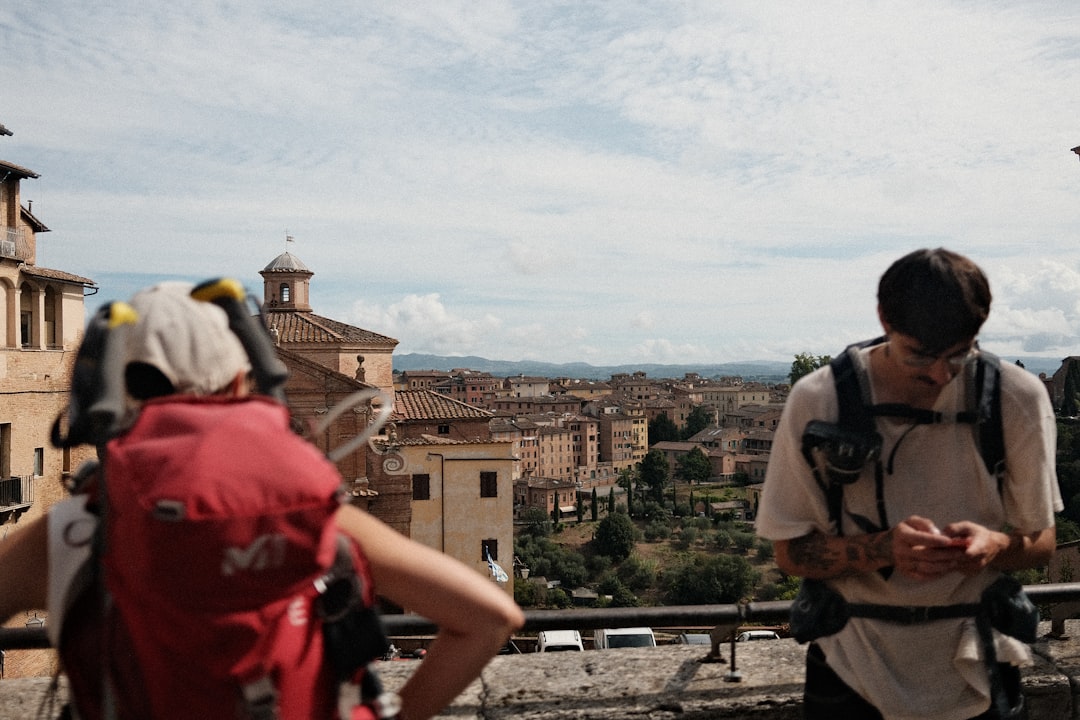
Sightseeing tour operators need precise digital strategies to capture travelers' attention and convert online interest into bookings. Leveraging the right Google Ads campaign types allows marketers to reach high-intent audiences, build trust, and nurture interest across every stage of the decision journey. For those new to Google Ads in travel, this introductory guide for tour operators offers step-by-step advice on campaign setup and optimization. For deeper insights on revenue-driven marketing, explore our blog articles.
Each campaign type plays a unique role in the digital marketing mix for sightseeing tours. When powered by unified, actionable data, these Google Ads strategies drive higher engagement, stronger conversion rates, and more predictable booking growth. Ready to elevate your campaigns? Get started for free with Sona.
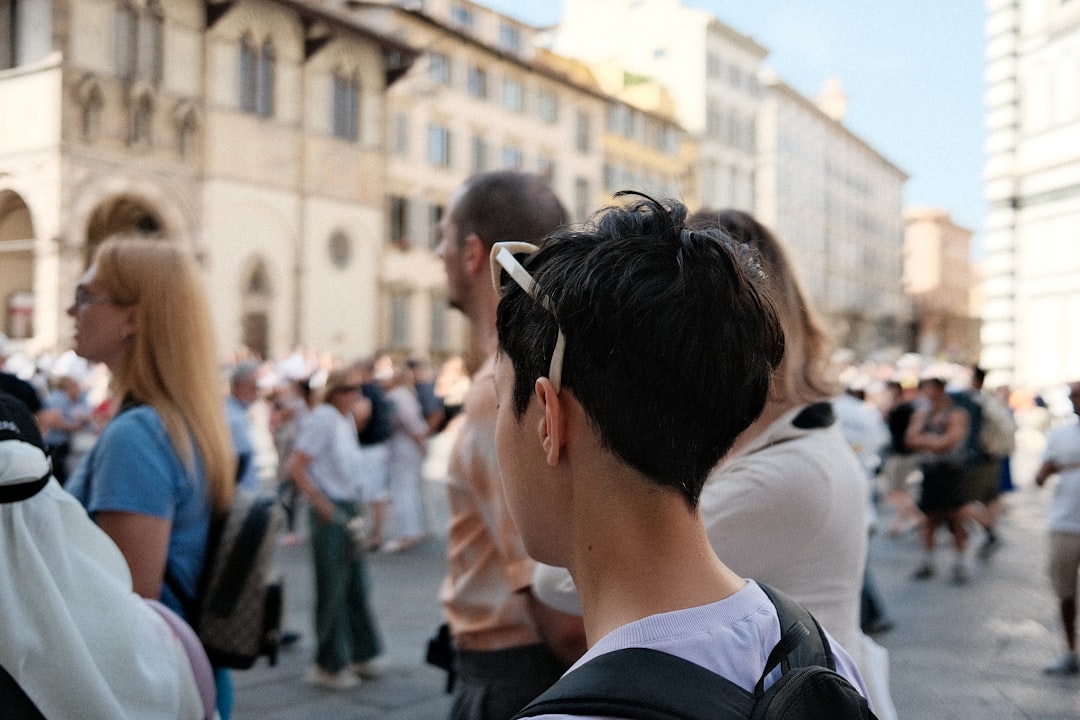
Tour operators who rely solely on broad, high-competition search terms risk missing substantial revenue from specialized travel audiences. By embracing untapped Google Ads strategies tailored to the nuances of sightseeing tours, marketers can efficiently expand reach and outmaneuver both direct and indirect competitors. For a practical overview, see this introductory guide on Google Ads for tour operators and explore our updated blog insights on digital marketing growth.
Operators who systematically implement these overlooked growth tactics gain a measurable edge in digital marketing for tours. By unifying go-to-market data, identifying high-intent travel audiences, and continuously refining campaign targeting, they position their sightseeing tour promotions for sustained, profitable growth. Want to see how these tactics can work for your business? Get started for free with Sona.
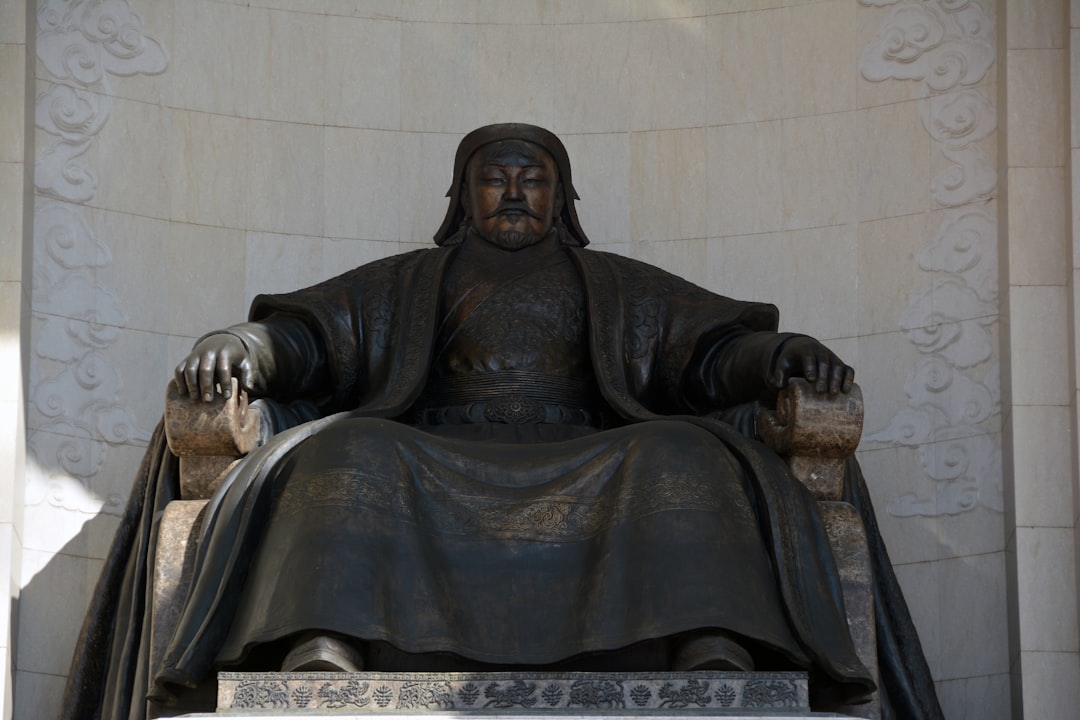
Audience segmentation for sightseeing tours transforms generic outreach into tailored experiences that align marketing with the diverse preferences of travelers. By categorizing potential customers based on traveler type or specific tour interests, operators can deliver messaging that resonates at each stage of the buyer journey, ultimately increasing booking rates and return on ad spend. To deepen your knowledge, explore these tour and activity Google Ads best practices and visit our blog for more marketing insights.
To see how segmentation and attribution can boost your bookings, get started for free with Sona.
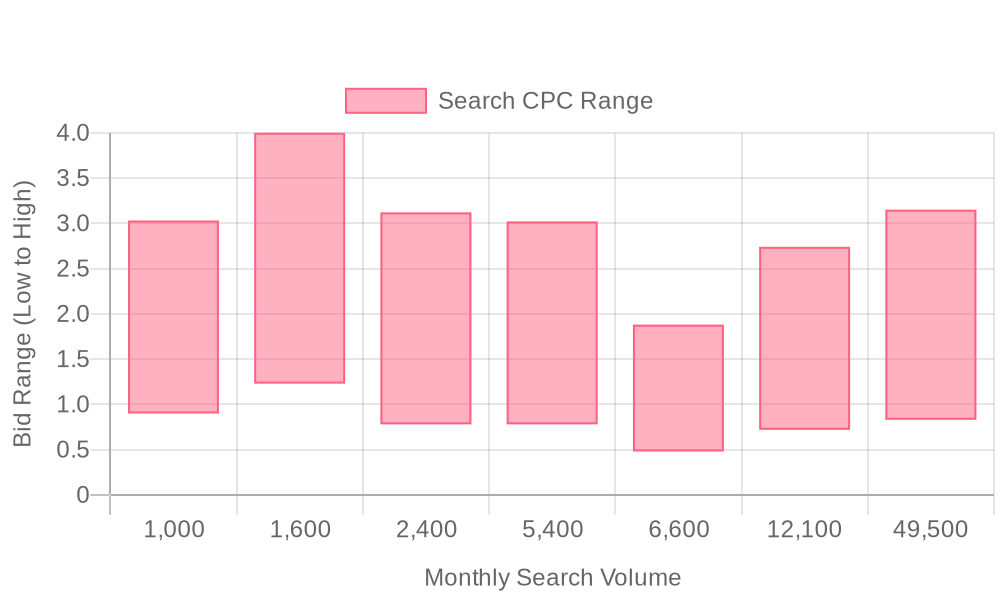
| Industry | Keyword | Monthly Search Volume | Competition Level | Low Bid | High Bid |
| Sightseeing Tours | sightseeing tours | 1000 | LOW | 0.9 | 3.03 |
| Sightseeing Tours | big bus hop on hop off | 1600 | MEDIUM | 1.23 | 4 |
| Sightseeing Tours | city sightseeing | 2400 | MEDIUM | 0.78 | 3.12 |
| Sightseeing Tours | hop on hop off bus | 5400 | MEDIUM | 0.78 | 3.02 |
| Sightseeing Tours | shoreline sightseeing architecture river tour | 6600 | MEDIUM | 0.48 | 1.88 |
| Sightseeing Tours | hop on hop off | 12100 | MEDIUM | 0.72 | 2.74 |
| Sightseeing Tours | sightseeing | 49500 | LOW | 0.83 | 3.15 |
High-performance Google Ads for Sightseeing Tours rely on a foundation of accurate, intent-driven keyword selection. The most successful campaigns consistently prioritize high-intent keywords such as "sightseeing tours near me," "city walking tours," or "guided museum tours today," ensuring ads surface when travelers are ready to book. For a deeper dive into optimizing keyword selection, this comprehensive article on strategies for selling tours using Google Ads outlines targeting and bidding tactics tailored to tour operators, helping to capture active demand and drive qualified traffic.
Long-tail queries provide an opportunity to reach niche audiences with specific interests, such as "private architecture tours in Chicago" or "eco-friendly boat trips Barcelona." These detailed searches often indicate travelers who have moved beyond general research, resulting in higher conversion rates and lower cost-per-click. To further refine your approach, leveraging a list of top-performing tourism-related keywords is valuable for campaign planning and keyword research.
Aligning keyword strategy with content marketing efforts further amplifies outreach, ensuring ad messaging reinforces brand authority and matches the traveler’s online journey. As audiences engage with destination guides or blog content, using Sona to identify visitor companies and segment audiences by in-market behavior allows marketers to dynamically update Google Ads targeting. This real-time intelligence shifts focus to accounts showing immediate travel intent, ensuring that spend is concentrated on prospects most likely to convert.
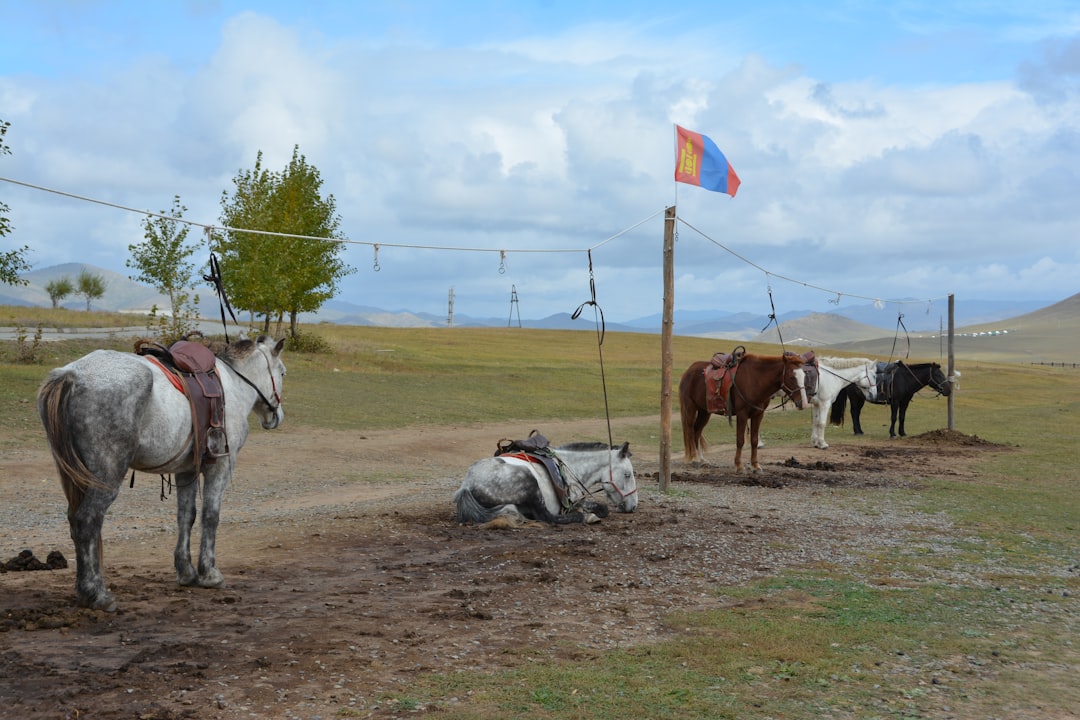
Effective Google Ads for Sightseeing Tours campaigns begin with rigorous keyword segmentation. Group keywords by tour category, such as historical tours, city excursions, or nature experiences. Integrate local intent modifiers like “near me,” “today,” or destination-specific landmarks to capture high-value, ready-to-book travelers searching within your target regions. Negative keywords are critical for filtering out unqualified traffic, preventing wasted budget on irrelevant queries such as “free walking tours” or “jobs in tourism.” By leveraging advanced visitor identification, marketers can move beyond broad anonymized segments to pinpoint the exact companies and decision-makers engaging with specific search terms, allowing for granular audience targeting at the keyword level.
Dynamic audience enrichment further refines targeting. As leads interact with ads and move through the funnel, real-time intent signals can trigger budget shifts toward segments showing increased booking readiness. Integrating a data platform that syncs CRM and web engagement data directly into Google Ads ensures keyword lists adapt based on live behaviors—not just static research. For a practical breakdown of keyword selection in tourism, refer to this list of top-performing tourism-related keywords for Google Ads. This real-time feedback loop eliminates lag, so only the most relevant keywords drive your clicks and conversions.
Every successful sightseeing tour promotion hinges on ad copy that directly addresses traveler motivations and hesitations. Headlines should speak to pain points—such as limited-time availability, skip-the-line access, or expert local guides—while descriptions reinforce unique selling points like exclusive experiences or bundled discounts. Incorporate urgency and value through ad extensions, using callouts for “Today Only Discounts” or structured snippets to showcase popular attractions included in each tour.
In-market intent data enables you to dynamically adjust ad messaging as audience segments shift. With the ability to identify repeat visitors or segment by engagement depth, marketers can serve tailored offers to those most likely to convert, increasing relevance and reducing wasted impressions. Automated creative testing surfaces which headlines and offers drive the highest engagement, while CRM-integrated audience lists allow for personalized messaging based on prior bookings, inquiries, or customer lifetime value. For those new to Google Ads in the travel space, explore this introductory guide on setting up and optimizing Google Ads campaigns for tour operators.
Landing pages must precisely align with ad keywords and promises, providing a seamless transition from click to conversion. Ensure that each page delivers clear, trustworthy information: leverage verified testimonials, real traveler Q&As, and transparent pricing to immediately build credibility. Fast loading times and mobile-first design are essential, as the majority of travel bookings now originate from smartphones.
Integrated platforms can track and sync on-site behaviors, revealing not just which ads drove visits, but also which user segments engage with key booking elements. This empowers revenue teams to optimize landing page content for high-intent audiences, using conversion data from both online and offline channels. Automated audience syncing ensures that landing pages and offers dynamically update as new information and lead statuses are captured through CRM and analytics platforms. For actionable strategies, check out our collection of marketing and sales playbooks.
Ongoing campaign performance depends on continual, data-driven optimization. Smart bidding strategies, such as Target CPA or Target ROAS, use machine learning to automatically allocate spend where it drives the highest value, adapting to both seasonality and real-time demand fluctuations. Regular A/B testing of headlines, images, and calls-to-action uncovers incremental gains and surfaces what resonates best with each audience segment.
Importing offline conversion data—such as phone bookings or in-person tour purchases—into Google Ads provides a complete, unified ROI picture. This advanced attribution enables marketers to connect every touchpoint and optimize for true outcomes, not just online form fills. CRM and ad platform synchronization ensures audiences update instantly as leads progress, allowing for precise retargeting, suppression of converted customers, and ongoing funnel refinement at every stage. For a deeper dive into smart optimization strategies, see the official Google Ads Help article on best practices for setting up and optimizing campaigns.
Ready to activate smarter, data-driven campaigns? Get started for free with Sona.

Expanding your sightseeing tour business requires a multifaceted approach anchored in data-driven digital marketing and authentic local connections. Operators who blend targeted advertising with community-based initiatives routinely see increased brand visibility and a higher volume of qualified leads. For a step-by-step overview on using paid search, explore this introductory guide to Google Ads for tour operators.
Harnessing the full potential of Google Ads for sightseeing tours means integrating precise audience targeting, real-time intent signals, and CRM-based data enrichment. Marketers who employ unified data platforms can pinpoint high-intent visitors, adjust spend dynamically based on in-market behaviors, and sync enriched audience segments directly with their ad campaigns. This closed-loop approach ensures that your advertising efforts remain agile, efficient, and closely tied to actual business outcomes, setting the foundation for sustainable growth and a commanding presence in the travel marketplace. To accelerate your marketing efforts, get started for free with Sona.
Effectively leveraging Google Ads for your sightseeing tour business can be a game-changer in reaching a wider audience and driving bookings. By understanding the intricacies of keyword targeting, ad creation, and budget management, you can position your tours prominently in search results and attract potential customers eager to explore new destinations.
Throughout this article, we’ve explored the core challenges of maximizing your Google Ads campaigns, discussed strategic tips, and offered best practices tailored to the travel and tourism sector. From identifying your target audience to optimizing ad copy and analyzing performance data, these insights are designed to enhance your advertising efforts and deliver tangible results for your business.
Imagine the transformation your business could undergo with a well-executed Google Ads strategy. By implementing these techniques, you can open the door to new opportunities, increase your brand visibility, and successfully connect with travelers seeking unforgettable experiences. Embrace the potential of digital advertising to elevate your sightseeing tours to new heights.
Now is the perfect time to take action. Start for free to experience our platform and its capabilities, and see firsthand how innovative solutions can unify your marketing data to drive actionable insights.
Best practices include precise keyword targeting, creative alignment with landing pages, performance tracking, and integration with broader marketing efforts to ensure ads reach high-intent audiences and drive conversions.
Optimization involves targeting high-intent keywords, using audience segmentation, creating compelling ad copy, designing effective landing pages, and utilizing data-driven performance tracking and bid adjustments.
Budget allocation should be dynamic, focusing on high-intent keywords and adjusting in real-time based on audience engagement and conversion signals to ensure optimal ROI.
Success is measured through advanced conversion tracking, online/offline attribution models, and integrating CRM data to attribute bookings to specific ad campaigns, ensuring comprehensive ROI analysis.
Target high-intent keywords like 'best sightseeing tours in [location]' or 'guided city tours near me' and consider long-tail keywords for niche experiences to capture ready-to-book travelers.
Join results-focused teams combining Sona Platform automation with advanced Google Ads strategies to scale lead generation

Connect your existing CRM

Free Account Enrichment

No setup fees
No commitment required

Free consultation

Get a custom Google Ads roadmap for your business
Join results-focused teams using Sona Platform automation to activate unified sales and marketing data, maximize ROI on marketing investments, and drive measurable growth

Connect your existing CRM

Free Account Enrichment

No setup fees
No commitment required

Free consultation

Get a custom Google Ads roadmap for your business
Over 500+ auto detailing businesses trust our platform to grow their revenue
Join results-focused teams using Sona Platform automation to activate unified sales and marketing data, maximize ROI on marketing investments, and drive measurable growth

Connect your existing CRM

Free Account Enrichment

No setup fees
No commitment required

Free consultation

Get a custom Google Ads roadmap for your business
Over 500+ auto detailing businesses trust our platform to grow their revenue
Join results-focused teams using Sona Platform automation to activate unified sales and marketing data, maximize ROI on marketing investments, and drive measurable growth

Connect your existing CRM

Free Account Enrichment

No setup fees
No commitment required

Free consultation

Get a custom Google Ads roadmap for your business
Over 500+ auto detailing businesses trust our platform to grow their revenue
Join results-focused teams using Sona Platform automation to activate unified sales and marketing data, maximize ROI on marketing investments, and drive measurable growth

Connect your existing CRM

Free Account Enrichment

No setup fees
No commitment required

Free consultation

Get a custom Google Ads roadmap for your business
Over 500+ auto detailing businesses trust our platform to grow their revenue
Our team of experts can implement your Google Ads campaigns, then show you how Sona helps you manage exceptional campaign performance and sales.
Schedule your FREE 15-minute strategy sessionOur team of experts can help improve your demand generation strategy, and can show you how advanced attribution and data activation can help you realize more opportunities and improve sales performance.
Schedule your FREE 30-minute strategy sessionOur team of experts can help improve your demand generation strategy, and can show you how advanced attribution and data activation can help you realize more opportunities and improve sales performance.
Schedule your FREE 30-minute strategy sessionOur team of experts can help improve your demand generation strategy, and can show you how advanced attribution and data activation can help you realize more opportunities and improve sales performance.
Schedule your FREE 30-minute strategy sessionOur team of experts can help improve your demand generation strategy, and can show you how advanced attribution and data activation can help you realize more opportunities and improve sales performance.
Schedule your FREE 30-minute strategy session





Launch campaigns that generate qualified leads in 30 days or less.
